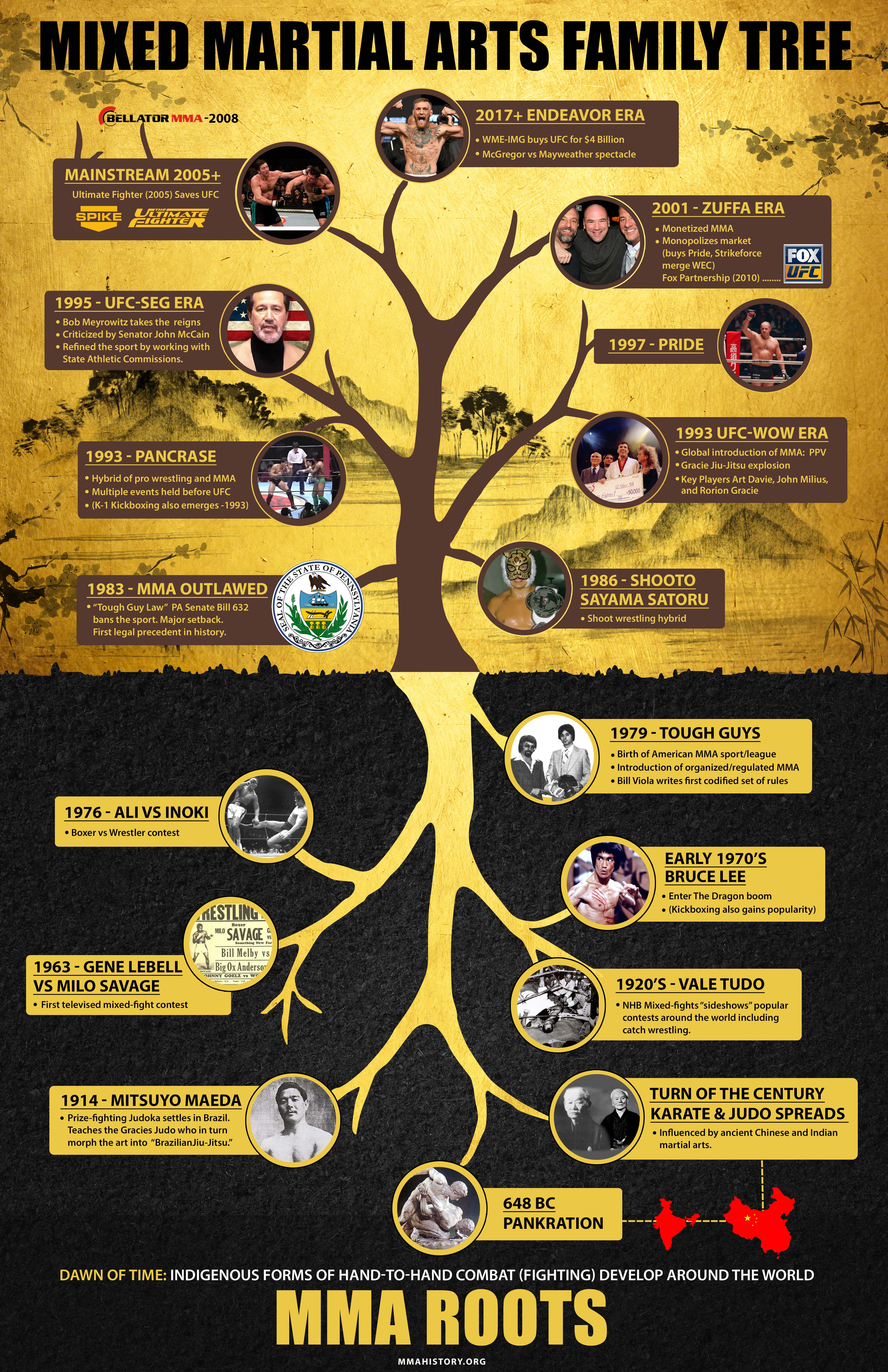Unwinding The Enigma Of Multiple Fighting Style Self-Controls: An Overview To Karate, Taekwondo, And A Lot More
Unwinding The Enigma Of Multiple Fighting Style Self-Controls: An Overview To Karate, Taekwondo, And A Lot More
Blog Article
Material Writer-Becker Haastrup
Are you tired of sensation overwhelmed by the huge world of martial arts? With so many styles to pick from, it can be easy to obtain lost in a sea of punches, kicks, and strange names. However anxiety not!
which martial arts are in the olympics will certainly demystify the different martial arts styles, taking you on a journey from the powerful strikes of Martial arts to the dynamic kicks of Taekwondo. Prepare yourself to discover the origins, strategies, and ideologies behind these old art types.
So, tighten your belt and prepare to start an informing exploration into the exciting world of martial arts.
Origins of Martial Arts Styles
The origins of fighting styles designs can be mapped back to ancient human beings and their need for protection and battle techniques. Throughout history, various cultures established their very own unique approaches of fighting, each with its own set of techniques and philosophies.
In China, as an example, fighting styles styles such as Kung Fu and Tai Chi were developed as a way of protection and boosting physical and mental wellness.
In Japan, the samurai warriors created designs like Karate and Judo, concentrating on technique, precision, and proficiency of the body.
Similarly, in Korea, Taekwondo became a martial art stressing high kicks, fast motions, and psychological determination.
These early human beings laid the foundation for the diverse selection of martial arts styles that exist today, each with its very own rich background and cultural significance.
Techniques and Training Methods
To understand martial arts styles, practitioners have to discover numerous techniques and training techniques.
Methods are the particular movements and activities utilized in fight, such as punches, kicks, tosses, and obstructs. Various fighting styles designs have their own special collection of techniques that specialists should grasp through rigorous training.
Training techniques differ depending upon the design, however they typically entail a mix of physical fitness, drills, sparring, and kinds.
Physical fitness is critical to build strength, versatility, and endurance. Drills aid practitioners refine their methods and improve their speed and accuracy.
Competing permits practitioners to exercise their strategies in a regulated, sensible environment. Forms, likewise referred to as kata, are cut-and-dried series of movements that help practitioners establish muscular tissue memory and emphasis.
Viewpoints and Concepts
Exploring the approaches and principles of fighting styles designs can provide you with a much deeper understanding of your picked technique. https://www.syfy.com/syfy-wire/sonny-chiba-martial-arts-legend-obituary has its very own one-of-a-kind ideology and collection of guiding principles that shape the method it's exercised.
As an example, Karate highlights discipline, respect, and self-constraint. It educates experts to concentrate their body and minds, allowing them to defend themselves while keeping a sense of inner peace.
On the other hand, Taekwondo puts a strong focus on rate, dexterity, and flexibility. Its concepts are rooted in the tenets of courtesy, honesty, perseverance, self-control, and unbeatable spirit.
Conclusion
Now that you have actually checked out the origins, techniques, and philosophies of various martial arts styles, you have a deeper understanding of these old self-controls.
Imagine a young karate trainee, practicing with undeviating determination and emphasis, appearing boards with an effective strike.
Their trip showcases the commitment and toughness required to grasp a fighting style, advising us that with technique and perseverance, anything is feasible.
